|
Wild Turkeys and fresh snow, Mt Lemmon, March 18, 2020, the last official day of winter! Mt. Lemmon in January: Acorn Woodpeckers and Pine SiskinsWe last dropped in on the mountain community of Acorn Woodpeckers in October as they prepared for winter. Well, winter arrived, and here we see a male tending to the granary tree at Ajo and Loma Linda Extension on January 31st. In the image above he is sitting on a main branch of the dead granary tree, below he is checking out inventory, almost halfway through winter. Like all woodpeckers he is using tail to brace himself on the tree. It appears that his winter store of acorns is down from fall inventory. We see acorns in the image above, captured on January 31st. For comparison, the image below was captured on October 18th. It is on a different part of the same tree, but most of the holes appear full, the result of the fall harvest. And, then the Pine SiskinsPine Siskins are small birds in the finch family that live throughout North America and reside year round on Mt Lemmon. They move in flocks, and come in large numbers to the feeders, especially in the winter when other food sources are scarce. In this series of images we see the birds going after each other for their part of the feed cylinder. It's not like there is not enough to go around! The last of the series, below, catches a bird with his wings extended showing the yellow markings on the wing, usually only seen when folded. For the photo geeks: This was shot with a Canon 7D Mk II, with an EF 100-400 Mk II, 286 mm, at 1/250 sec. at f/6.3 with fill flash using a Better Beamer. The combination of the flash and relatively slow shutter speed (required for synchronization) captured the wing extended (flash), but also the bird on right behind the wing (slow shutter exposed the bird before the wing overlapped it). Return to White Water Draw: Great Horned OwlWe returned to White Water Draw on February 19, 2020 with a birding group led by Jeff Babson. Since my last visit in December, a pair of Great Horned Owls have set up camp in the barn right at the entrance to the preserve. The images above and below are the male, snoozing mid-morning. Below we see the female sitting on her nest, presumably on eggs. There seems to be lots of prey in the White Water Draw area, so hopefully there will be enough food this spring for Mom, Dad, and their hatchlings. Portions of the barn are roped off under the nest. Image above, just a slit of eye as she sleeps. Below, the left eye opens just a bit, then in the next frame looks a bit more menacing, before they shut us out entirely. Zzzzzzzzzz . . . . . . . . Yellow-headed BlackbirdsAs we started our walk, there was a large flock of Yellow-headed Blackbirds hanging out (literally) on wetland reeds. SE Arizona is in their wintering territory. My guess is that most of the birds we are seeing here are females, with some males mixed in. Males have more yellow on the breast and head than the females do. Flocks of Blackbirds often are made up of predominantly one sex. In southern Arizona winter flocks are often females. Males typically migrate north before females to set up their territories before the females arrive. Below, two females are mixing it up. Special thanks to Jeff Babson both for the tour in February, and for his help reviewing these images. Sandhill CranesFor more on White Water Draw (WWD) and Sandhill Cranes, click on this link which will take you to all my posts on WWD going back to 2015. In February there was less water than in December, but the cranes were still close in and to the right of the main viewing decks. They returned late morning, filling the sky as seen in the image above. The images below show a family of three on their approach. Images below, heavy air traffic on the approach, with a crowded landing field. In the two images below we can see an immature crane who has not yet molted into adult plumage. The vast majority of immature cranes molt before the fall migration, but a few do not, and stand out from the crowd. Snow GeeseSnow Geese are amazing birds that breed in far northern Canada, Alaska and the Artic, and winter in the central U.S., east coast, and portions of Mexico. We are fortunate that they like inland wetlands such as White Water Draw and Bosque del Apache. Images above and below show a flock of Snow Geese coming into the wetlands for a landing around noon. In the images below we can see one goose with distinct coloration, a blue morph. This change in coloration is determined by one gene. Note also in the detail below that this goose is missing one secondary flight feather on the right wing. Snow Geese do not molt in the winter so this is likely the result of an altercation with another goose, or a close encounter with a predator. The geese pictured below are flying a landing pattern very close to the observation path. In the image below, the geese are bunking right next to the Sandhill Cranes. Least SandpiperLeast Sandpipers are the smallest of the shorebirds, known as "peeps" - about 5 to 6 inches long and weighing in at 1 ounce. They breed in far northern Canada and Alaska, and winter in the southern U.S., including the pacific coast, and Mexico. In the images here we can see this sandpiper's distinctive yellow-green legs, and hunched posture as he hunts for food on the edge of the water. Marsh WrenWe spotted this Marsh Wren moving quickly through the understory adjacent to the wetlands, and I tried many times to get a good photo without success. Then, while I was standing on the viewing deck looking for incoming cranes and geese, he popped out of the undergrowth and began hopping from branch to branch right below me. A good angle and good lighting produced this series. This Marsh Wren is in his winter range. Some do live year round in northern Arizona, but most breed in the northern U.S. and Canada. Described by the Cornell website as pugnacious, they are ground foragers that live in marshes. They will built multiple nests and breed with multiple females, often destroying eggs and nestlings of other Marsh Wrens. If you read my last post you know I ended it with a "footnote" - a note about birds feet. The Marsh Wren has a foot with the most common configuration, 4 toes. We can clearly see all 4 toes in this series, and the way the wren can use them to stand on a flat surface, or encircle a branch or reed. In the last two frames below, the wren is hanging upside down with his toes firmly attached to the branch, and then moves upright without changing his foothold. As they say in the game of squash, it is all in the wrist. "Wait, don't go. What about those Wild Turkeys in the snow?"I was in the middle of editing this post here on Mt Lemmon when it snowed!! 6 inches on Wednesday the 18th into the 19th. I decided to lead off with the Wild Turkeys, but I cannot leave you all hanging there. So here are some more images of the last day of winter and the first day of spring (the 19th is early for spring and here is a link explaining why). It started snowing early afternoon, and the Pine Siskins were at the feeders in force. The following morning, March 19th, this Northern Flicker came by to say hello! (For the photo geeks, this image was shot through the sliding glass door on the cabin, which I do believe is better glass than the side window of a Ford van. Opening the door and having the subject stay put was not an option.) One final "footnote." The Northern Flicker has 4 toes, two in front and two in back. That's a wrap for winter! Spring is here! Stay safe, stay well. Happy Trails!
6 Comments
Harris's Hawk taking off, Oracle State Park, January 3, 2020. So here we are in March, looking forward to the spring solstice. But before we get into spring, let's look at what winter provided starting with a January trip to Oracle State Park. Oracle State Park: Harris's Hawks call it homeThe Kannally ranch house at Oracle State Park, with the Harris's Hawk's favorite Juniper in front.
The original 160-acre ranch was purchased by Neil and Lee Kannally in 1903, and grew to almost 50,000 acres as more family members arrived in Arizona. The ranch house was built from 1929 to 1933, patterned on Italianate villas of the 1920's, in a Mediterranean Revival Style with Moorish influences. Following the death of Lucile Kannally in 1976, the ranch was willed to the Defenders of Wildlife, which later deeded the ranch to the Arizona State Parks Board. The newly named Oracle State Park became the current 4,000 acre wildlife refuge and environmental learning center for school and adult groups. The Friends of Oracle State Park raises funds for the restoration, preservation and operation of the historic ranch house and its grounds. A family of Harris's Hawks calls the ranch home. We found a sentry sitting on top of a tall Juniper right next to the house when we arrived for a morning birding tour. Harris's Hawks are large raptors that live in desert and savannah regions in Mexico, southern Arizona, New Mexico and portions of Texas. They bond easily to human handlers, and appear to have been the model for the Thunderbird or Sacred Bird of several Native American societies. Because of their ability to work with human hunting partners, they are popular with falconers, and hunt both large prey such as jackrabbits as well as small maneuverable birds. (Reference: Birds of North America Online). Harris's Hawks breed in social units of 2 to 7 individuals, and maintain a continuing presence at the park. In the images below, a perched hawk leaps for the adjacent juniper. We can see the rusty upper wing and long legs. In the Harris's Hawk the lore, the area between the eye and the edge of the bill, is bare. In the image below, one of the group is perched on a Aermotor windmill. Aermotor, founded by La Verne Noyes, has been in continuous operation manufacturing windmill water pumps since 1888. Between 1888 and 1892 they sold 20,000 windmills, creating an iconic feature on farms and ranches throughout the west. The Friends of Oracle State park are looking forward to full restoration of this windmill as an upcoming project. Right now it makes a great hawk's perch. Ranch road with the ranch house in the distance. In the images below, a Harris's hawk takes off from his perch. All these photographs were captured in early January. By March they should have started nest building and the laying of eggs. El Rio Preserve: Black-tailed GnatcatcherEl Rio Preserve is on Coachline Boulevard in the town of Marana. It is a 104 acre site on the de Anza trail at the base of the Tucson Mountains under development as a nature and recreational site. Birding walks have just begun this winter, once a month, usually on the first Tuesday. Look at the Marana website for more information. Click on Outdoor Recreation. We joined the monthly birding walk, led by Jeff Babson on January 7th, and captured images of this Black-tailed Gnatcatcher. The image above and the one below are most likely a male in winter plumage when the black cap of the breeding season is replaced by a black streak over the eye. The two images below are most likely a female with some brown coloration on the back. The 4 images below were captured adjacent to The Chuck Huckleberry Loop at the Rillito River and North Columbus Boulevard. There is good understory along the path just west of the Columbus parking loop, which is where these photos were taken. The image above is likely a female with brown on the wings, and the images below males in winter plumage. The last image, below, is a male. Here we can see the tail spread out, showing that the outer tail feathers are shorter than adjacent feathers, creating a graduated look. This is not present in the Blue-gray Gnatcatcher, a similar looking bird, but not common in winter in southern Arizona. [Special thanks to Jeff Babson for reviewing these images and providing the fine detail that distinguishes these birds from Blue-gray's.] Brown Creeper at Sweetwater WetlandsBrown Creepers are small songbirds that live throughout North America and central Mexico. They are brown and white can be seen (with difficulty!) spiraling up large tree trunks from bottom to top probing into crevices and loose bark with slender decurved bills looking for insects. Once at the top of a tree they will look for the next big tree and start on the ground floor again, working their way up. They are superbly camouflaged, and very hard to see, and tougher to photograph. The photographs above and below were captured at Sweetwater Wetlands on January 22nd. The bird was moving fast in the shadows making it tough to grab a good image. The two images below were captured on September 3, 2018, near the meadow trail on the top of Mt. Lemmon. The decurved bill is evident. In the top photo the bird has got something in its mouth, likely an insect. Spotting a Brown Creeper is always an special event! They are out there, so keep looking for them. Orange-crowned WarblerOrange-crowned Warblers are grayish to olive-green birds that live throughout North America, wintering in Mexico and the U.S. coastal areas and breeding in the Rockies and up into northern Canada. The orange crown is only visible when the bird is excited and raises its head feathers. They are often seen at Sweetwater foraging in the understory, including the cattails where they look for caterpillars as well as other insects. They also like fruit, seeds and oozing sap from holes drilled by sapsuckers. The images above and below were captured in March of 2019 near the trail to the south of the wetlands where the cattails catch the morning sun from the right side of the frame. The images below are from February of this year, in the same patch of cattails. This bird was working the cattails at the same time as the Verdin, pictured further down in the post. VerdinThe Verdin is a year round resident of southern Arizona, New Mexico, Texas, as well as Mexico. They have a bright yellow head, and a rufous/chestnut shoulder patch with is more evident in flight or when they stretch up their wings. They commonly forage in the understory for insects and spiders, often hanging upside down as we can see in these images. They will also eat fruit and nectar, and will sip from hummingbird feeders. Verdins build spherical nests, which can be seen throughout the Sweetwater Wetlands area, as well as flat winter roosts used throughout the year. For views of their winter digs, see this link from October 2019, Verdin roost. Like a good friend, it is great to know that they are around throughout the year. Image above: Not clear whether our bird has found an insect, or just "packing material" from the cattail. Let's finish with a Note about Feet, sort of a Footnote . . . (cue audio of groans . . . )Who would think that feet are interesting? Well, for birds they are. Let's look at feet in three of our Sweetwater residents, the Sora, the American Coot, and the Pied-billed Grebe. SoraMost birds have four toes. This "classic" foot form is termed anisodactyl. Toes are numbered from 1 to 4. In the human foot toe #1 is the great toe, #5 the smallest lateral toe. In the anisodactyl configuration, toe #1 is rear facing, with #2 on the inside (medial), and number #4 on the outside (lateral). The Sora above is anisodactyl with long toes that enables it to walk on reeds in the wetlands, as seen in the image above. In the image above, the bird has pulled his foot entirely out of the water, with rear facing toe #1 trailing. In the two images below we can see how these feet are useful on mud. These images were captured a year ago when the ponds were drained before the controlled burn, leading the Sora out in the mud looking for food. In the image below the foot is lifted completely off of the mud, showing all 4 toes. American CootThe American Coot has 4 toes, like the Sora, but the toes themselves are lobed, as seen in the image above, and the detail below. This is in contrast to ducks and gulls who have webbing connecting toes 2-4. The webbing is good for swimming and diving, but not so good for walking. Lobate toes, as seen below, allow the bird to walk and grab reeds, but when the toes are brought together they create a more solid surface making propulsion in water more efficient. In the image below we see an American Coot standing on a reed stump. This would be harder with webbing between the toes. The next image shows a coot standing on the pond bottom. When it is time to go somewhere, the coot brings the toes together and the lobes come together and provide good propulsion. Good anatomy for perching and climbing as well as for swimming. Pied-billed GrebeThe last bird for our toe-to-toe comparison is the Pied-billed Grebe, one of my favorites. If they were bright yellow they would be your favorite rubber ducky for bath time. However, they are not ducks, they are Grebes. Their legs are situated way to the rear, with toes that are in the lobed category, but with toe to toe webbing that gives them a unique appearance. Images above and below, a grebe floating in the morning light. If you want to see one swallow a frog, follow this link. In the series that follows, we see a Pied-billed Grebe on a mission that requires a bit more thrust than the normal cruise around the pond. The legs are way to the rear of the bird, like an outboard motor on a rowboat, and we can see them as he kicks. The legs are so far back in fact, that this bird has a hard time walking on land, and unlike a Sora or American Coot, cannot sit or climb on reeds. In the image above, and the two below, we can see the lobed feet, with a webbed quality, as well as location of the hip posteriorly with a relatively short femur. Even with the leg way back there, he can still scratch, with gives us another view of his neat feet. Well, that's it for Part I. Stay tuned, Part II coming soon. We will drop by Mt Lemmon to check on the Acorn Woodpeckers, and make our second trip to White Water Draw.
Happy trails! |
AuthorHenry Johnson, photographer and author of this site. For more detail, see About
Categories
All
Archives
July 2024
|






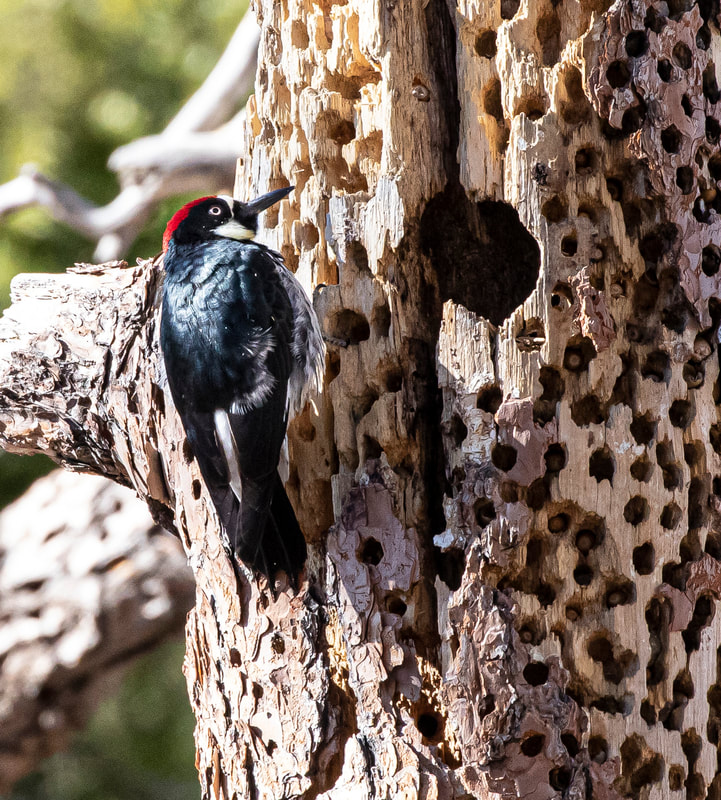
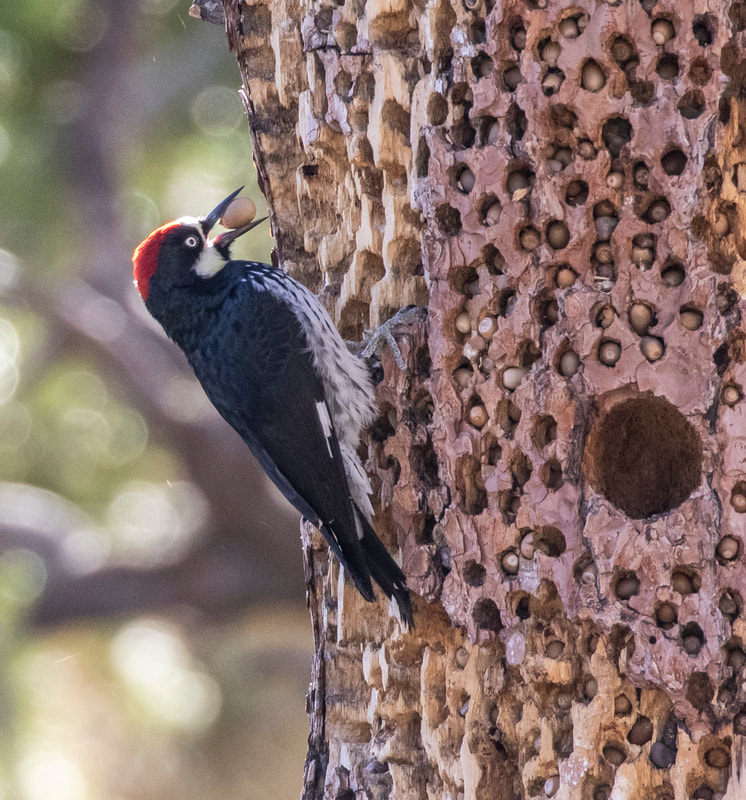
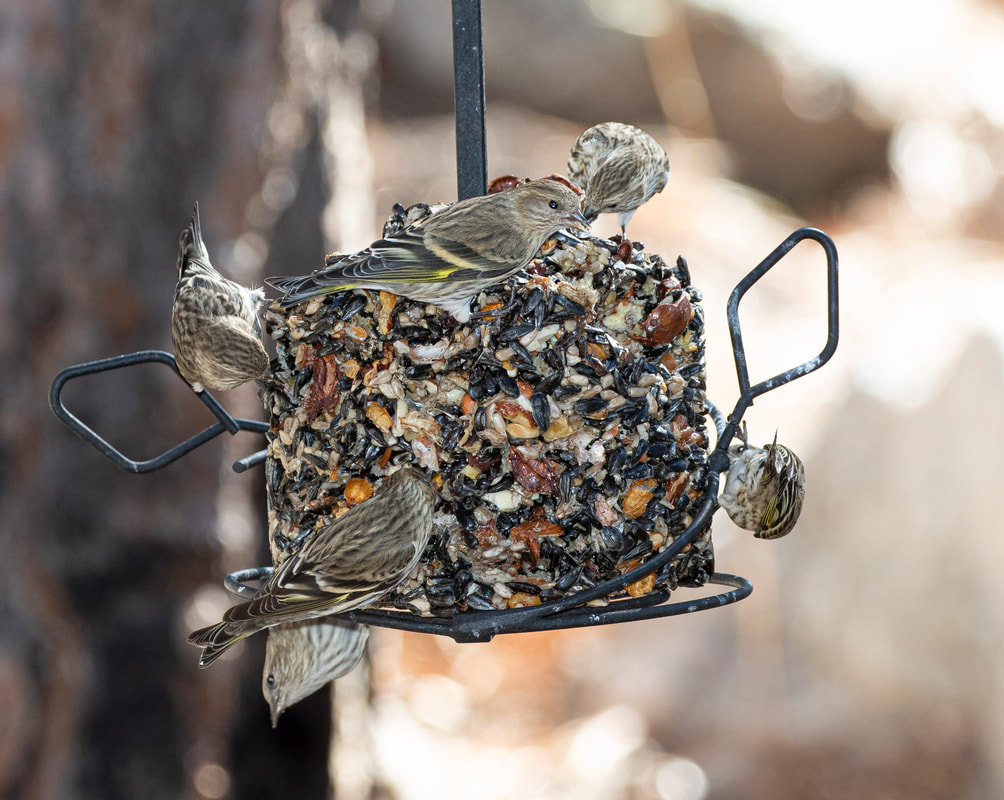

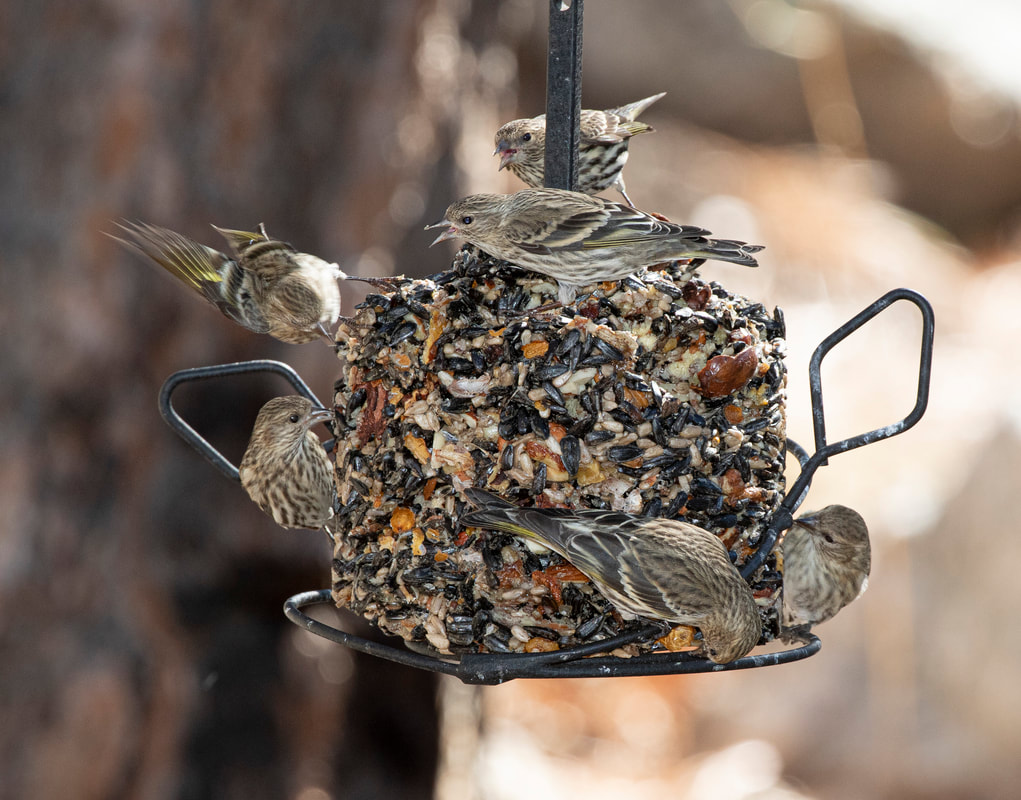
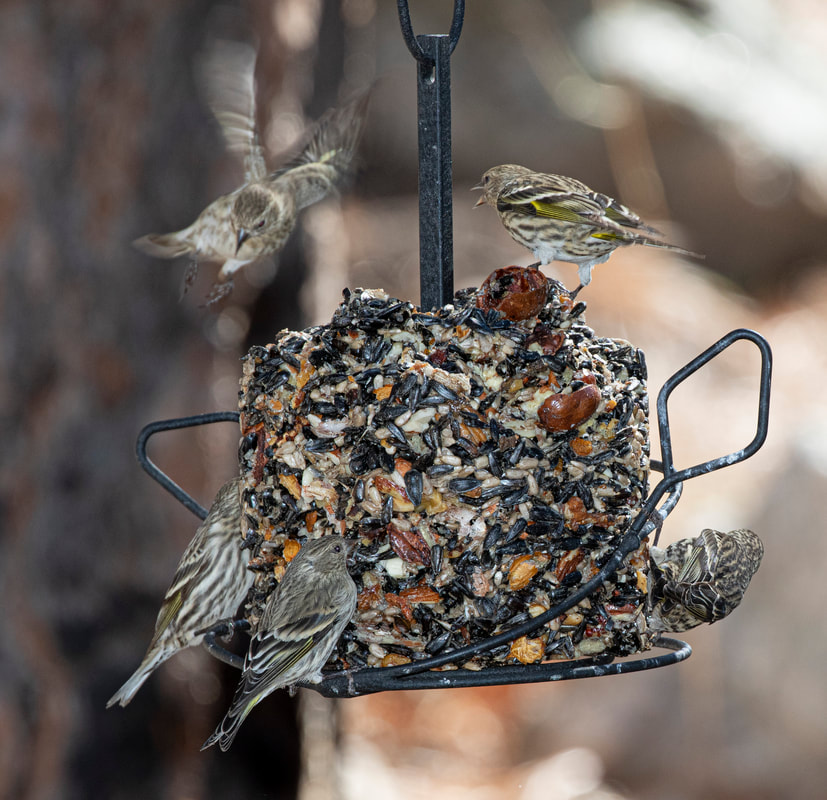







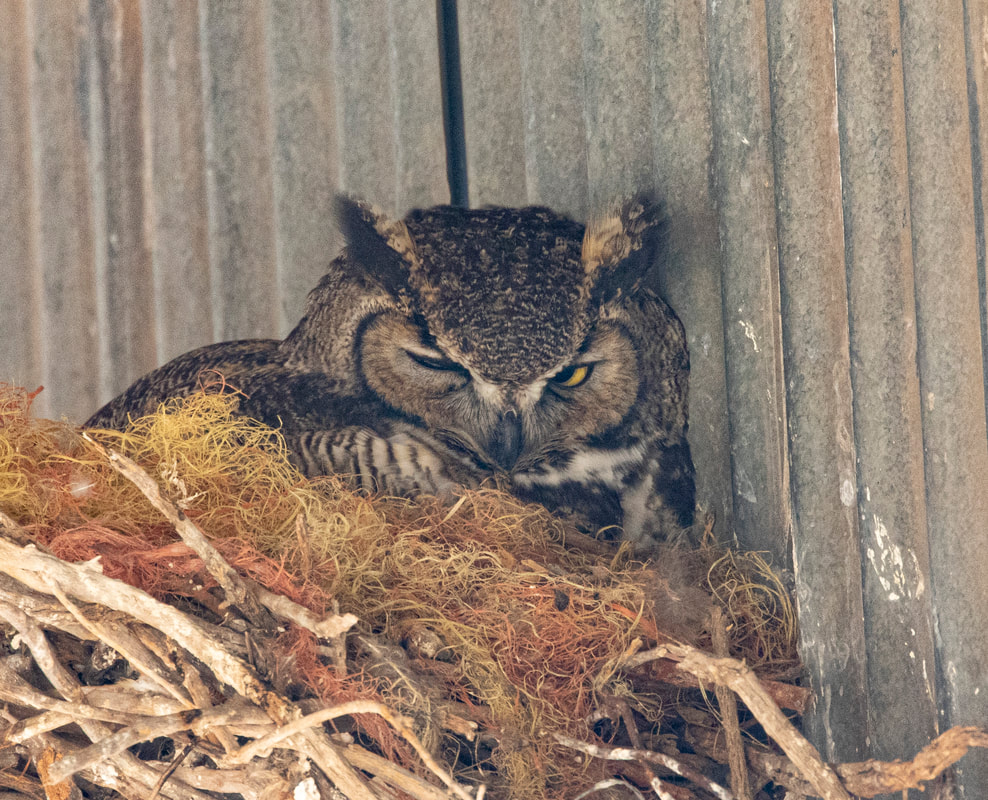
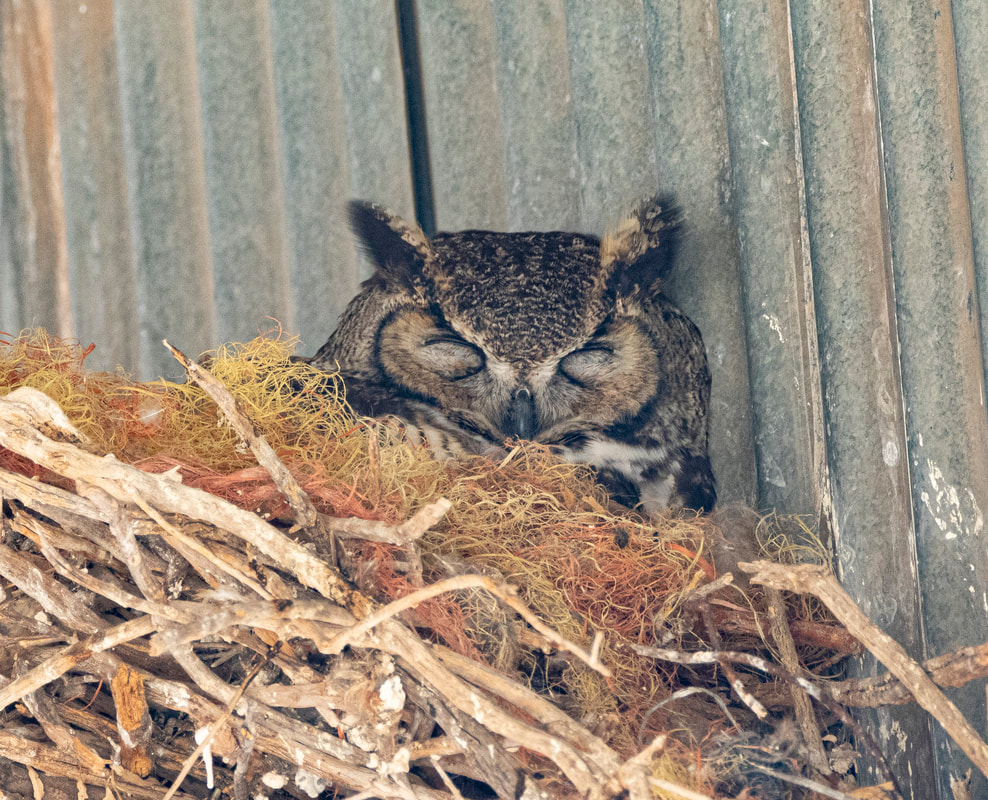

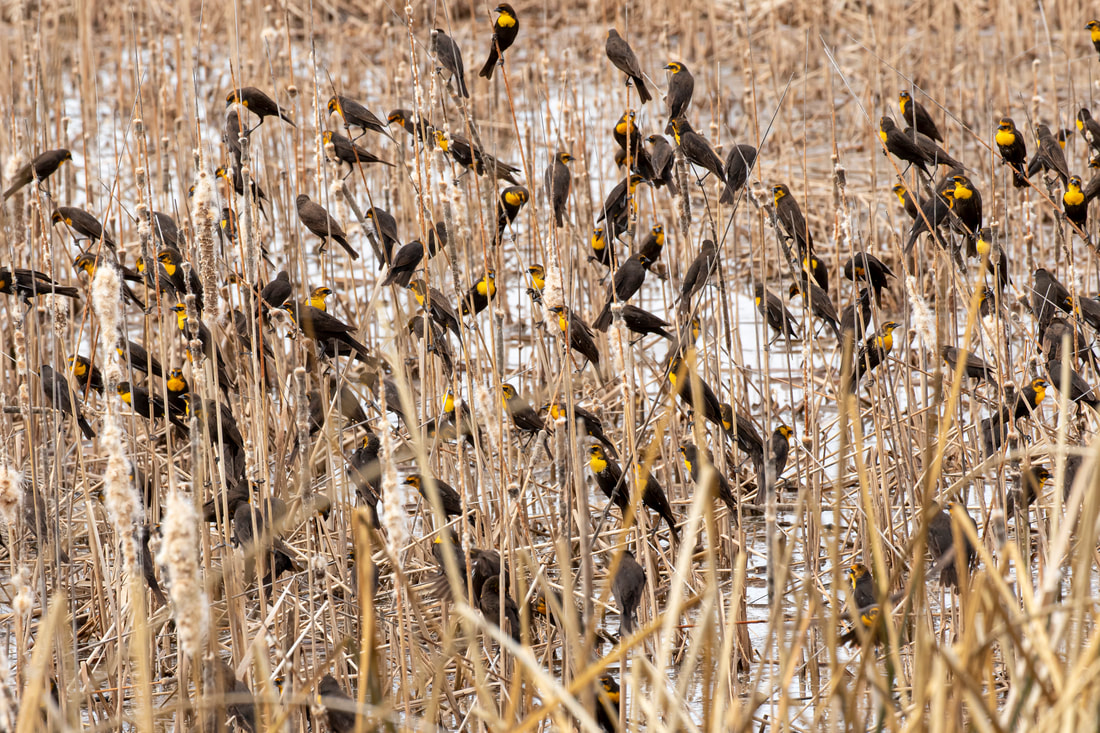



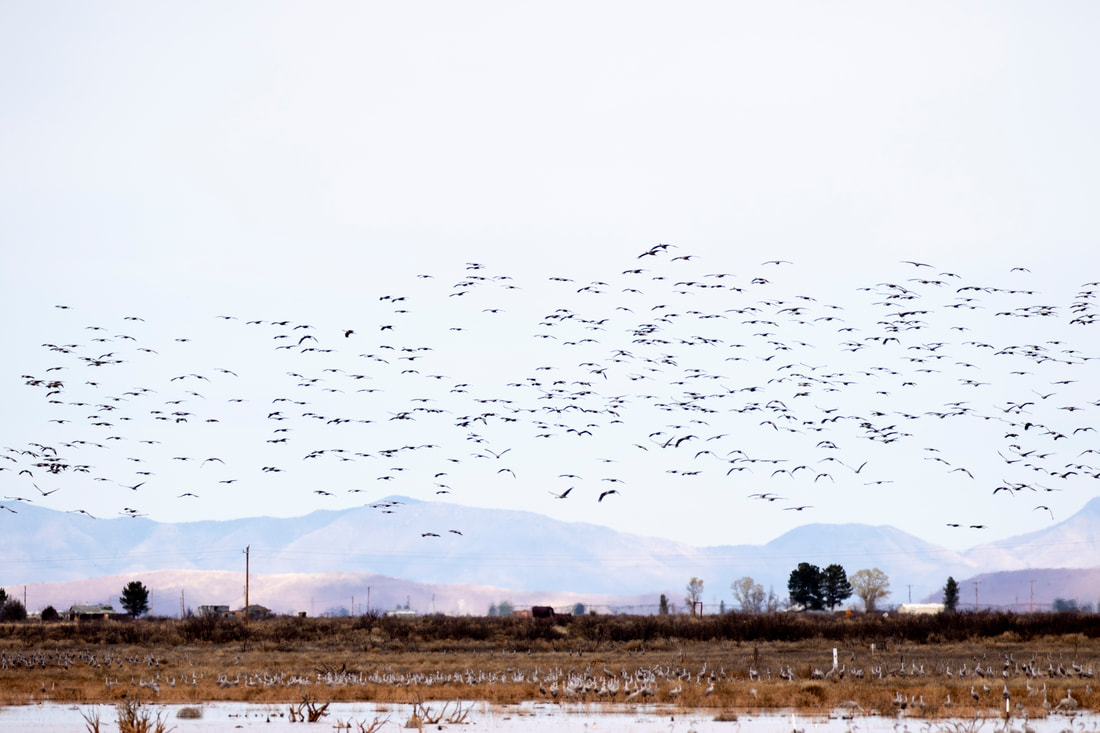









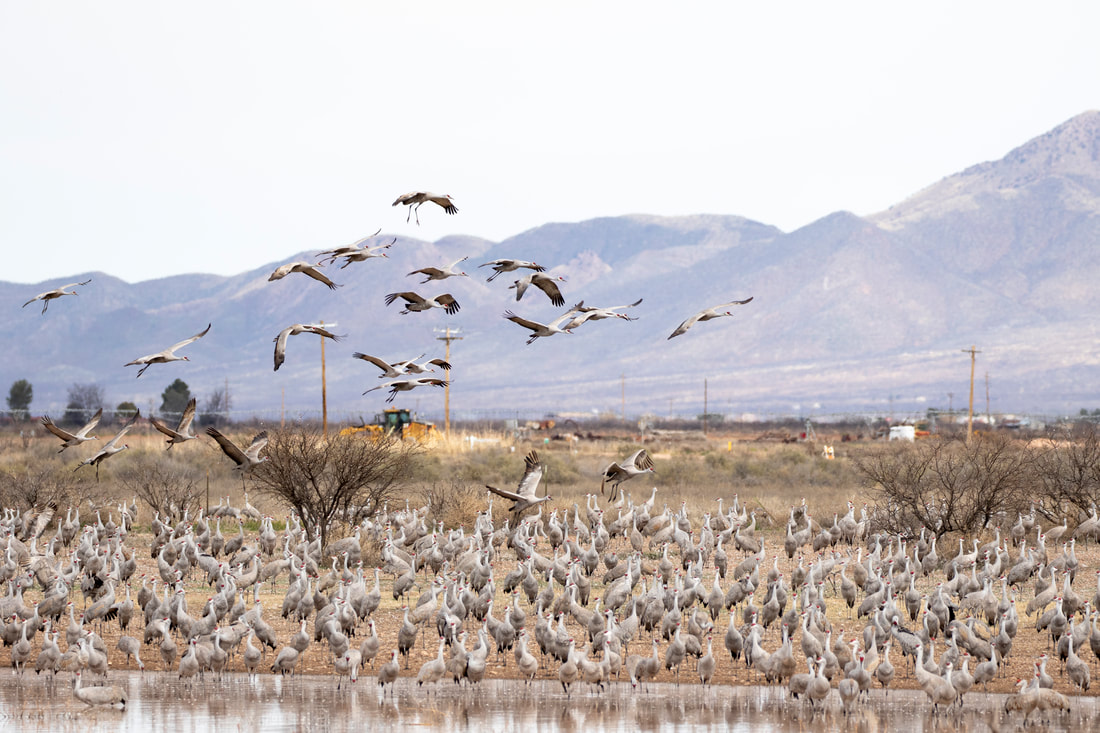





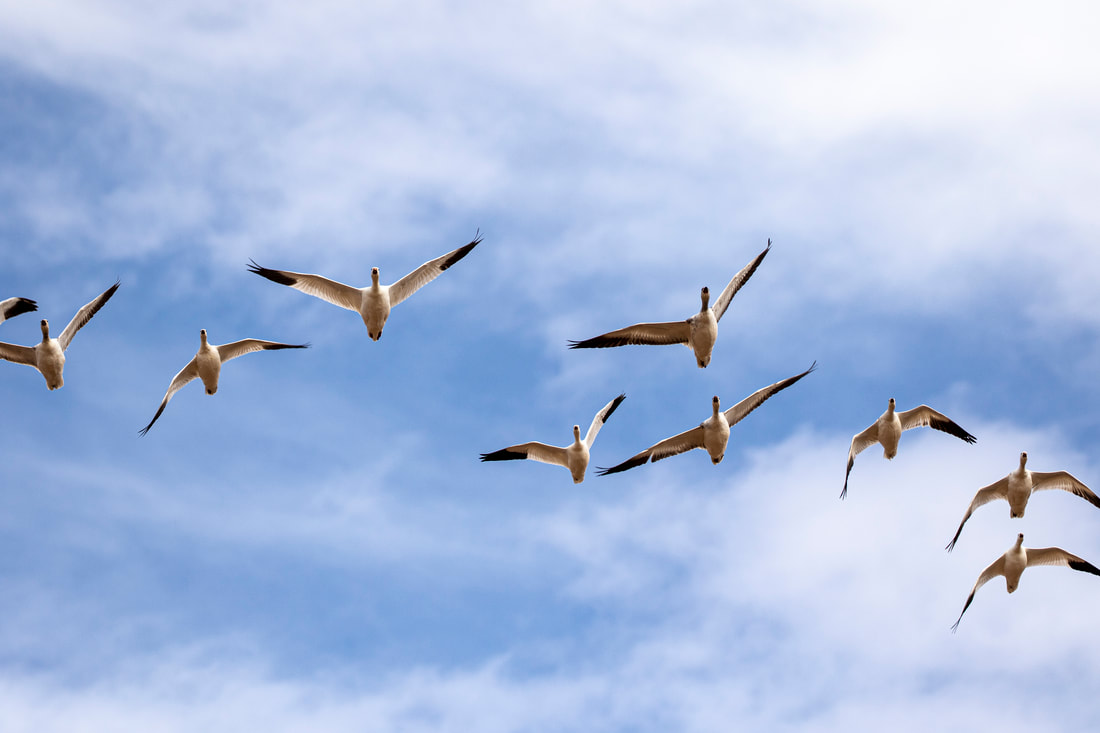



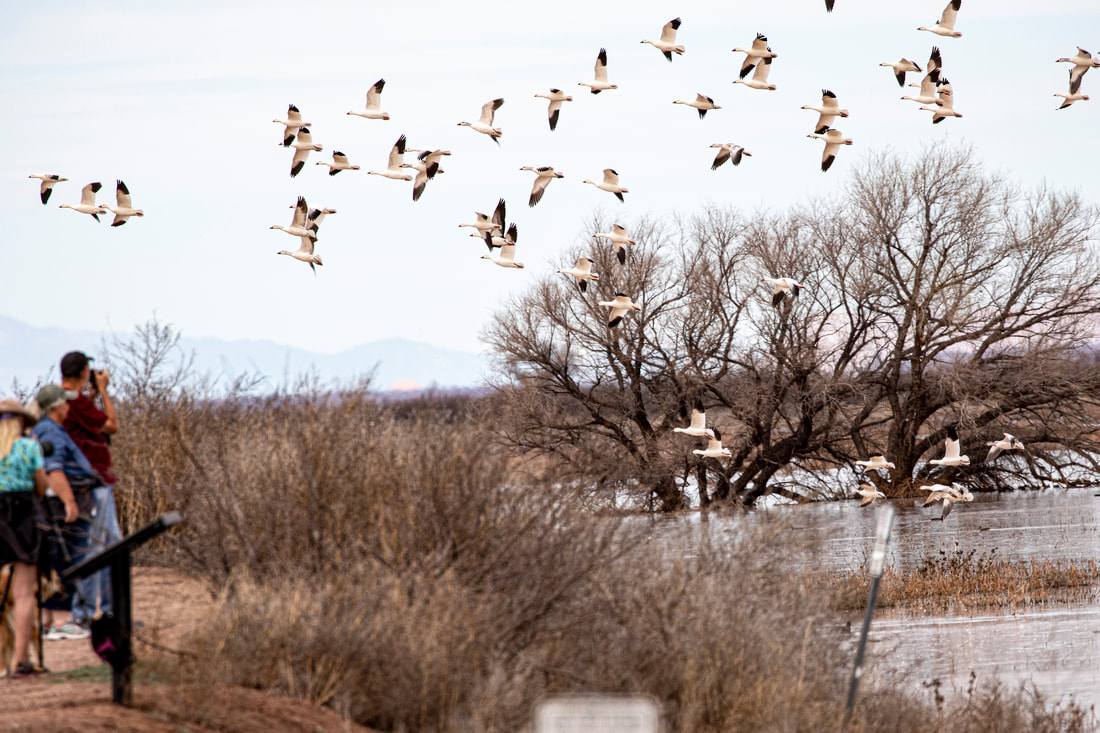


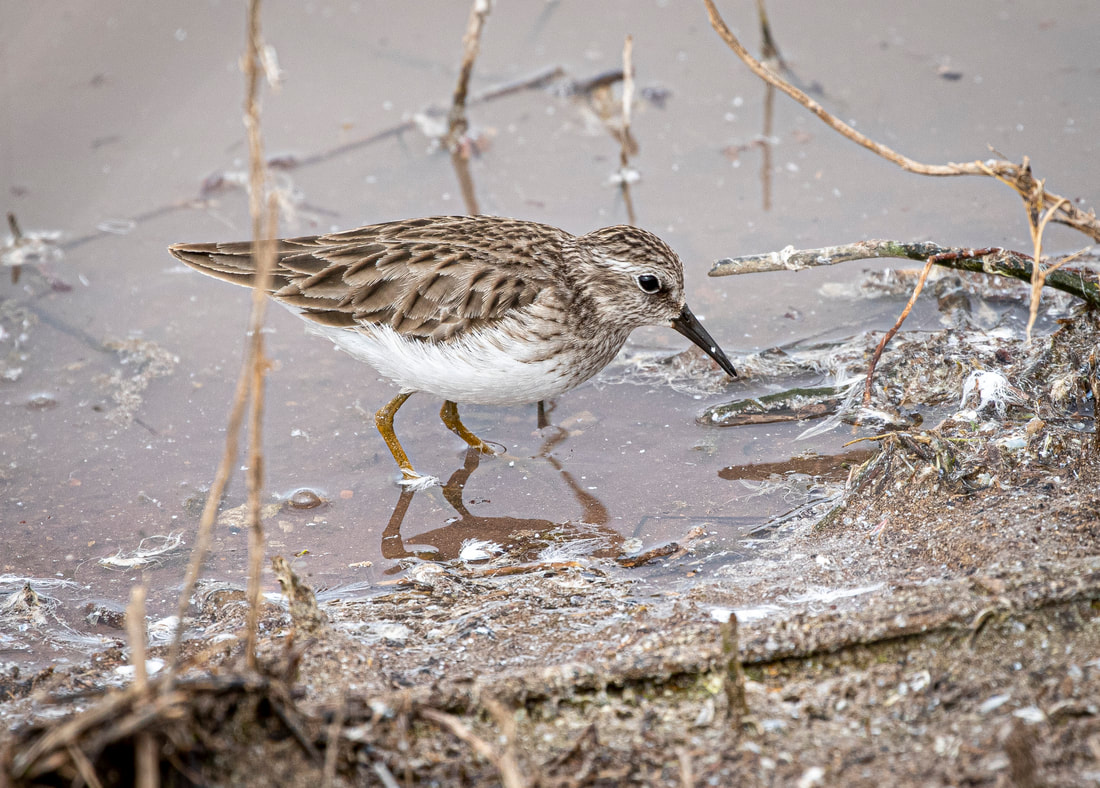




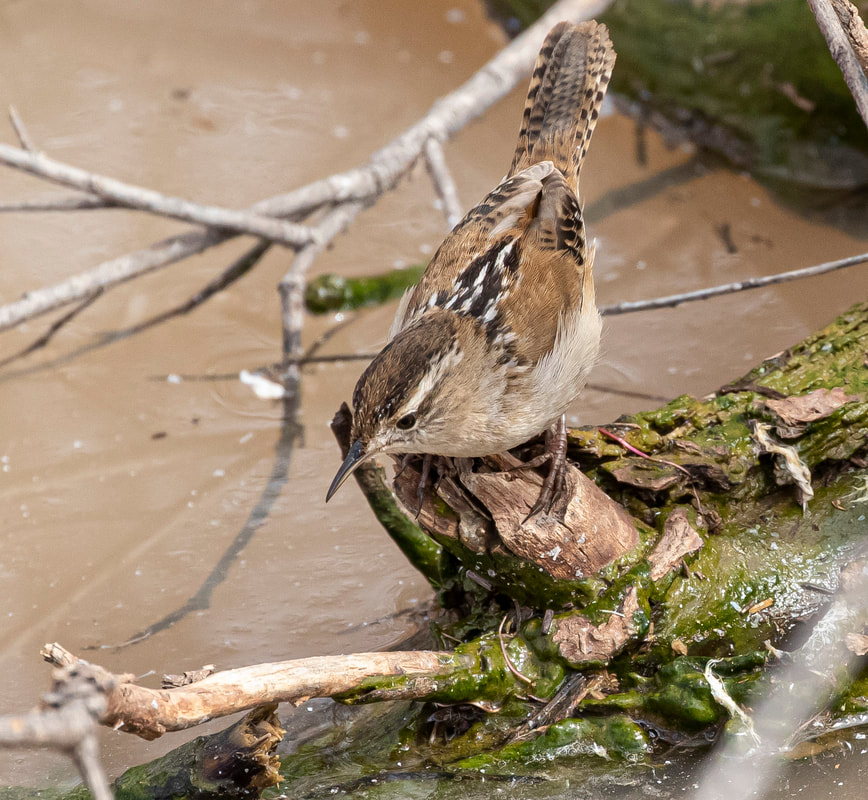

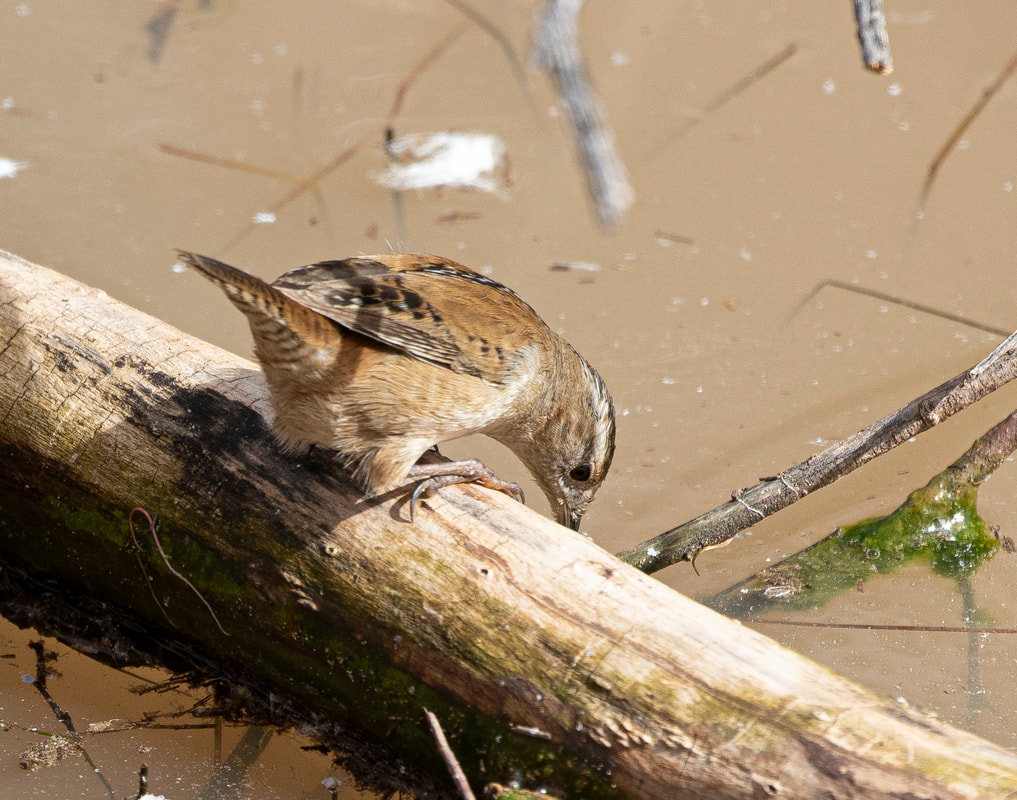










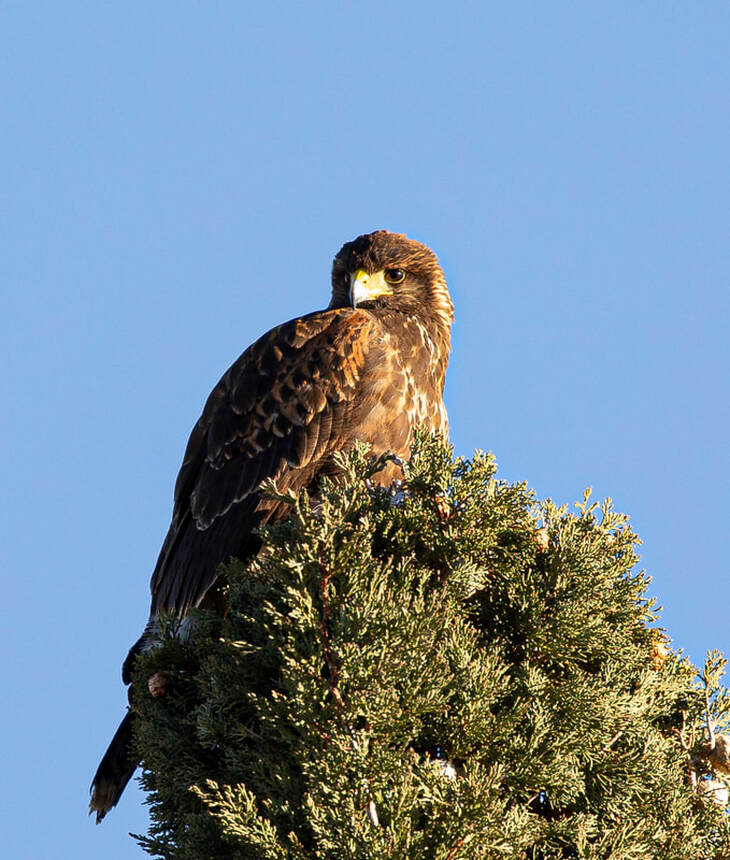



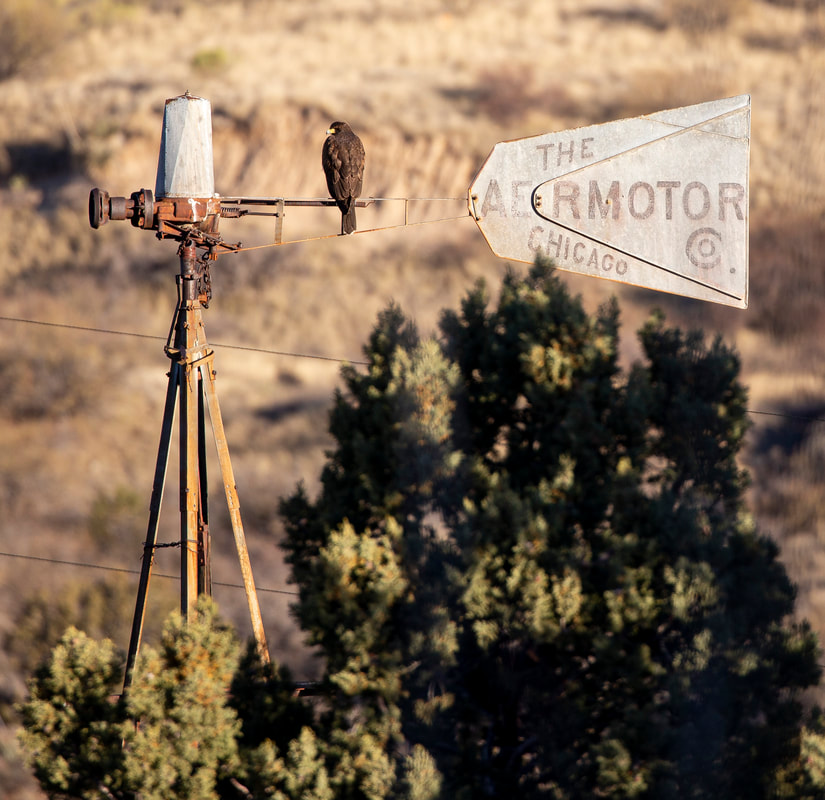



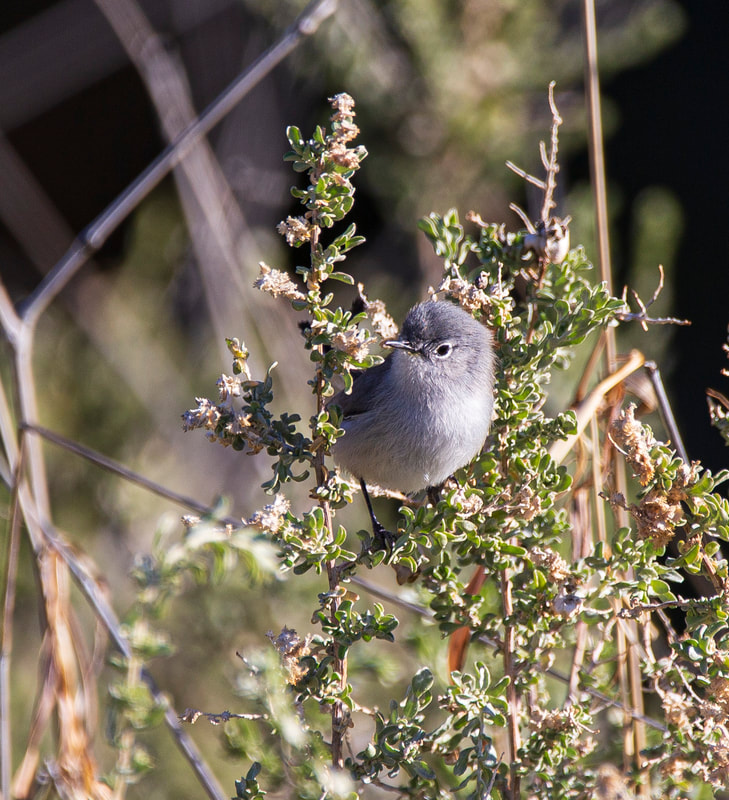
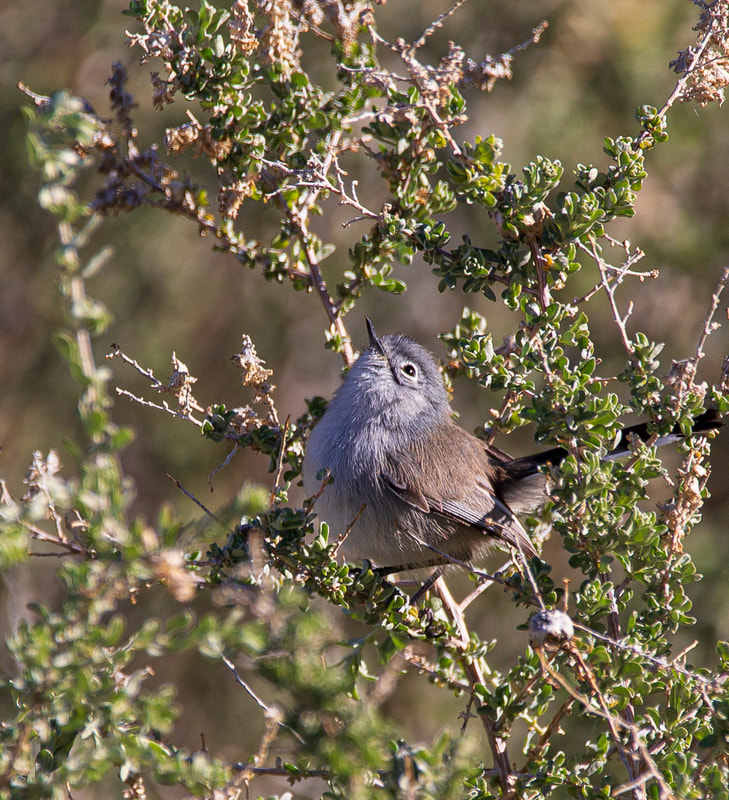



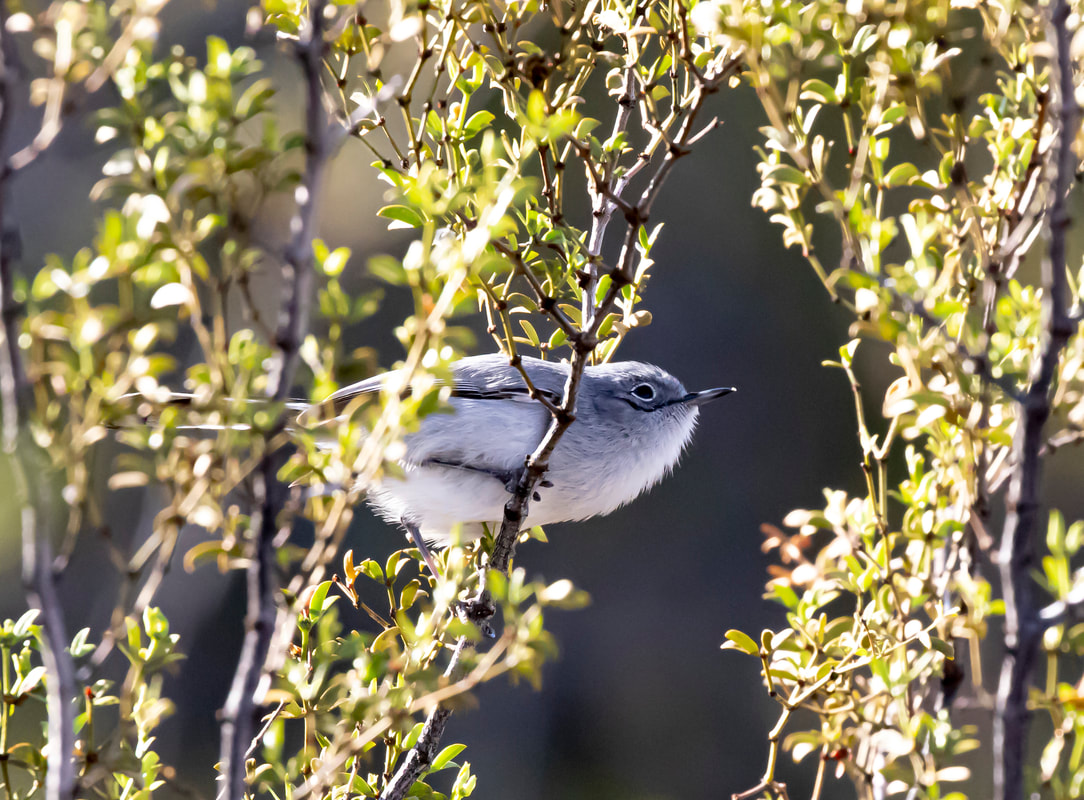










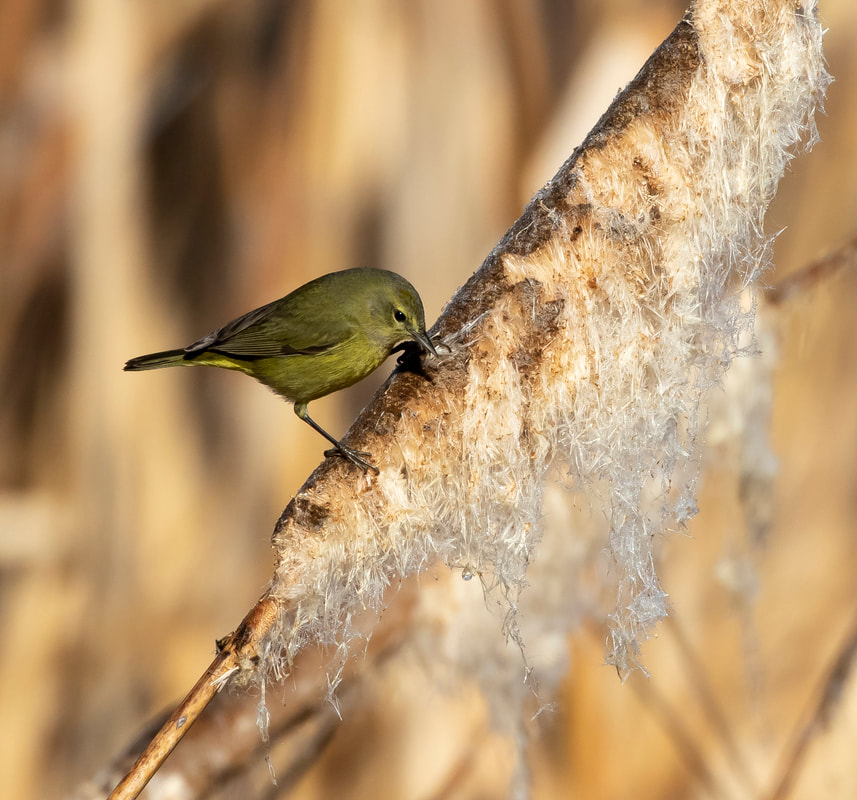



















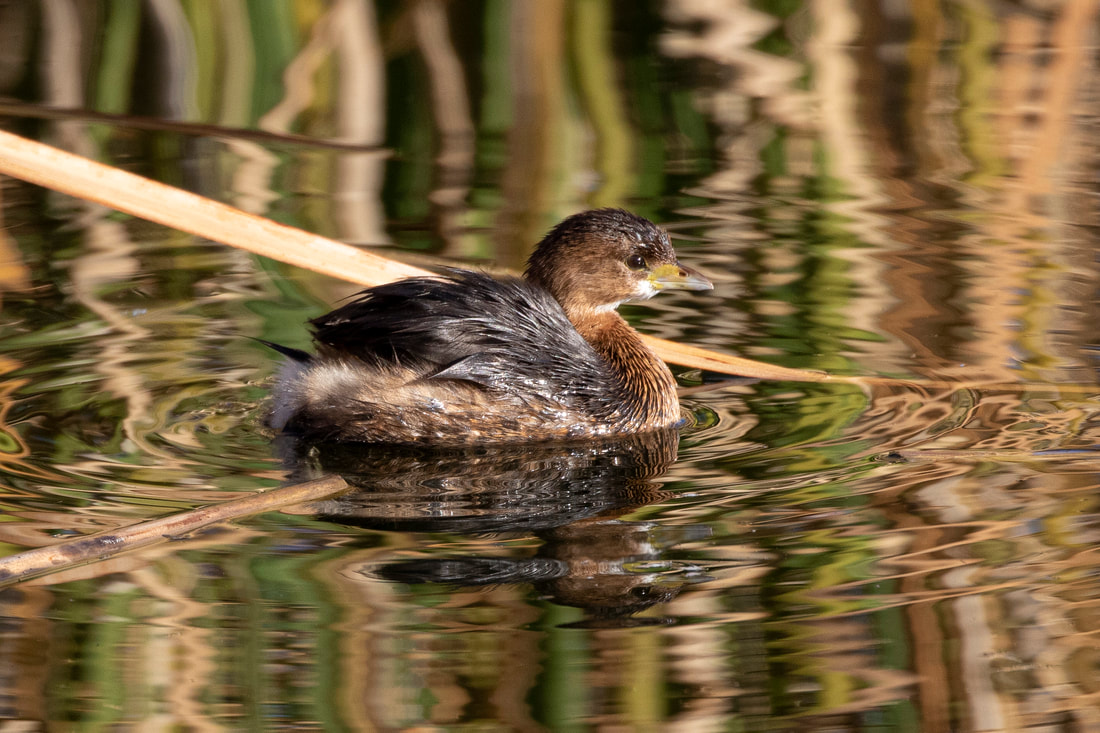




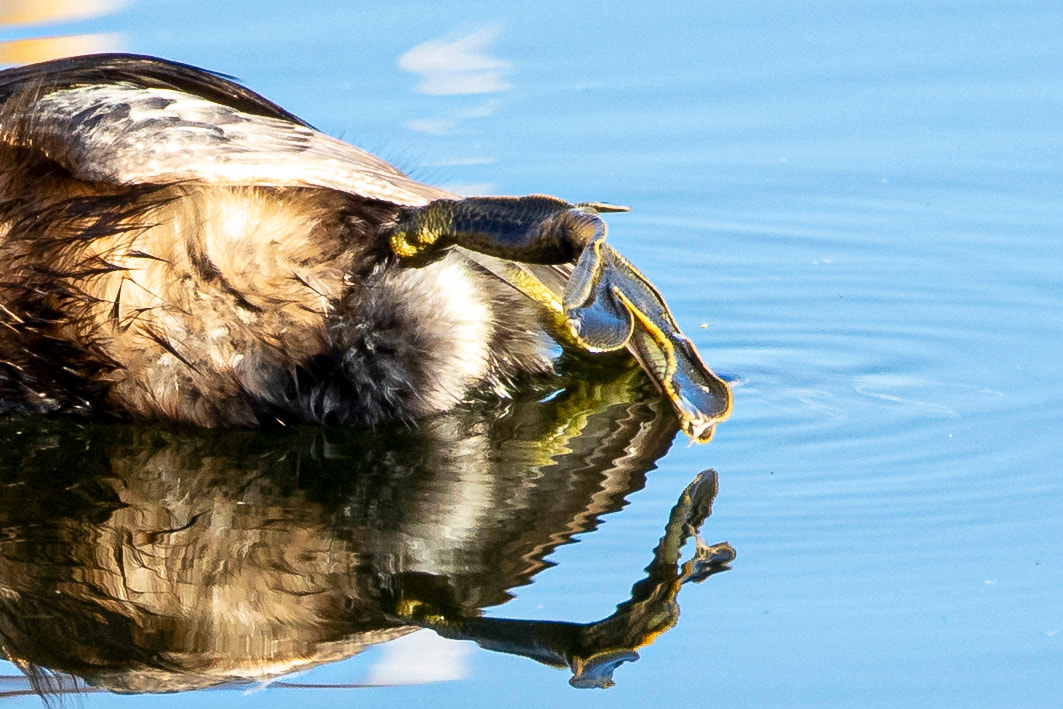

 RSS Feed
RSS Feed